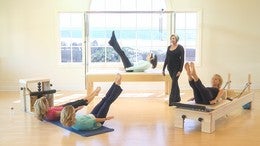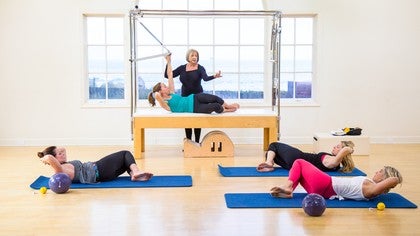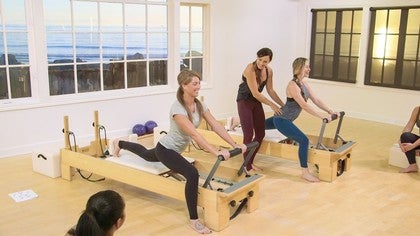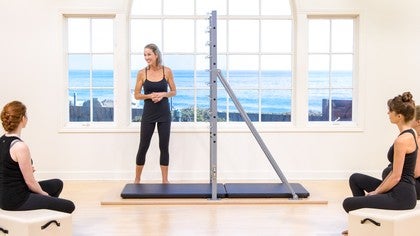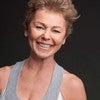Description
Find the common denominator between your favorite and least favorite exercises with this workshop by Kathy Corey. She looks at the movement patterns for two students to find out why they prefer and dislike certain Mat exercises, then she deconstructs the movements so they can get more total-body integration throughout. She uses the essence of Pilates so that they can start doing the exercises as they were intended to be executed.
What You'll Need: Cadillac, Mat, Triadball, Theraband
About This Video
Workshops: Teaching Methodology
Comments
Skip to Latest
Hi Kathy, so good, I could listen to you the whole day! Would like to work with you one day in future! Please write back where I could find you next year,  greetings from Austria 🇦🇹!
greetings from Austria 🇦🇹!
 greetings from Austria 🇦🇹!
greetings from Austria 🇦🇹!
8 years ago
Thanks for your great comments. If you would like to contact me or check for more workshops, please check my website www.kathycoreypilates.com or email me at kathy@kathycoreypilates.com
8 years ago
Thank you for this positive feedback everyone and to Kathy Corey for putting together such thoughtful and extremely valuable content for us.
8 years ago
I love working this way. It is exploring the essence of Pilates. Thank you for your positive feedback.
8 years ago
1-10 of 37
You need to be a subscriber to post a comment.
Please Log In or Create an Account to start your free trial.
